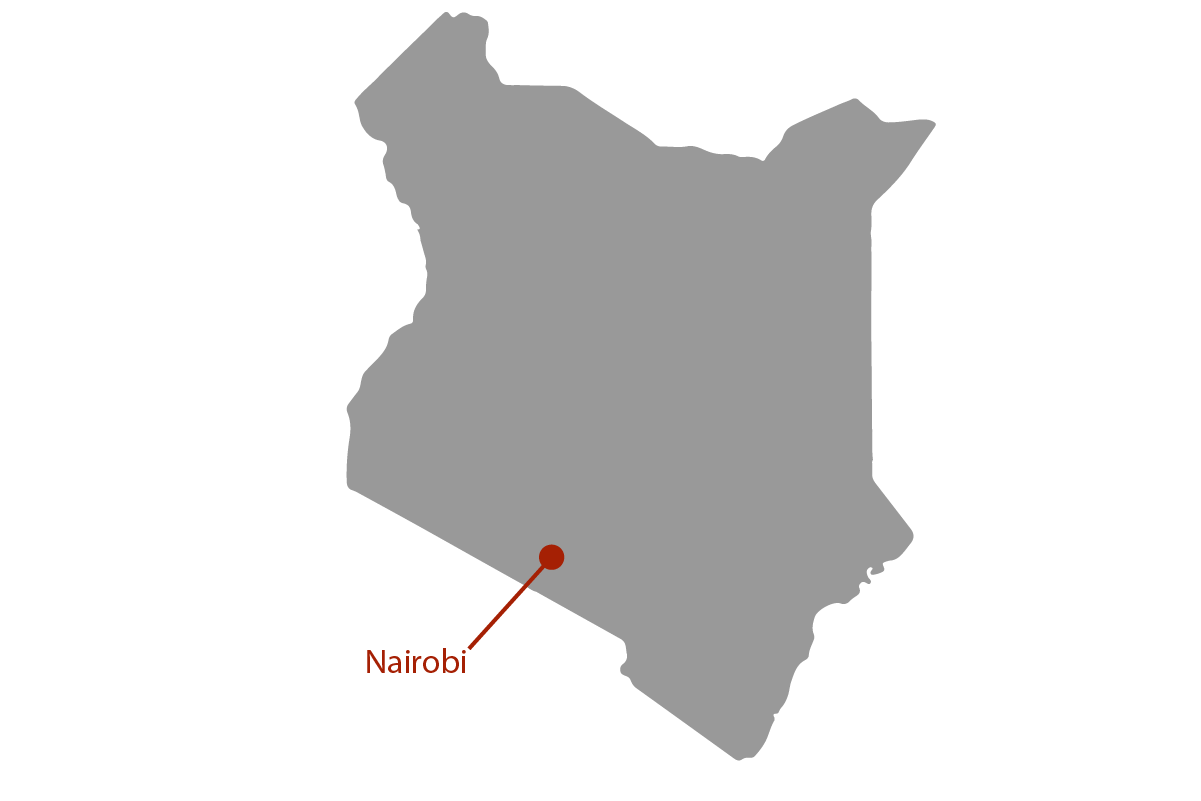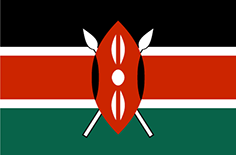Widely believe to be the place where the human species originated from, Kenya offers spectacular wildlife viewing, beautiful beaches, and bustling cities. Kenya is one of the most powerful economies of Africa, and Nairobi is home to most international organizations operating in Africa, making for an interesting mix of different cultures. Make sure you have your safari hat ready, ensure your travel insurance for Kenya is up-to-date, and explore 'magical Kenya'.
With only two international airports, travellers either come into Mombasa or Nairobi. Both cities, especially if it is your first trip to Africa, can be a little bit of a shock at first. Kenya is marked by big contrasts: you will find beautiful colonial houses next to slums and asphalt roads next to a barely-there dirt roads. In short, Kenya offers an interesting and educational travelling experience on many different levels!
Nairobi is Kenya's capital and its economic motor. Most major international aid agencies have their headquarters in this city, and you can hear an interesting mix of languages in many restaurants and bars. Nairobi is also home to many excellent ethnic restaurants, ranging from Chinese to Ethiopian, and these restaurants are worth exploring if you have a couple of days in Nairobi.
Mombasa is the other big city in Kenya and a very popular tourist attraction. Downtown offers nice walks, and the Old Town around Ft Jesus is fun to explore. Be aware that the locals like to attach themselves to groups and 'guide' them to various shops. In those cases it is best to be friendly but firm and let the nice person know that you don't need help. Mombasa is also known for its many beautiful beaches and lagoons: Diani beach, located in the south of Mombasa, is a popular tourist magnet and the famous '40 thieves' beach bar is quite a vibey place to hang out. For an amazing dining experience head to Ali Barbour's Cave, which is a restaurant built into a coastal cave that also happens to serve excellent food. It is advised to have Kenya travel insurance before embarking on any explorations!
Most travellers to Kenya however do not come to visit the big cities. Kenya is known for its many spectacular national parks and absolutely stunning nature sites. Between Nairobi and Mombasa you have Tsavo, made famous through the blockbuster movie 'The Ghost and the Darkness'. Tsavo is a spectacular sight, not only in terms of natural vistas, but also for the feat of railway engineering.
The Masai Mara is probably one the most famous National Parks in the world and the game viewing here is absolutely amazing. With the right safari guide you stand a good chance of seeing Africa's famous Big Five (lion, buffalo, rhino, elephant, leopard) in one single trip. More than anything, this area is known for its many large cats, which are truly impressive to see in the wild. There are some operators offering walking safaris and they are a wonderful way of getting close to the wildlife. Make sure you have travel insurance for Kenya before starting any walking trips though.
Starting around march each year, the Masai Mara is also home to one of the biggest spectacles on earth, and one of the 'Seven New Wonders of the World': the Great Wildebeest Migration. Over the course of several weeks, approximately 1.5million wildebeest as well as 500,000 other antelopes and zebras, will set forth from the Serengeti and head north into the Masai Mara. If you are lucky enough to be in the region at just the right time, you truly feel as if you are in a nature documentary by the BBC, the only thing missing is David Attenborough. This migration is truly a once in a lifetime spectacle!
Siboli Natonal Park, a UNESCO World Heritage Site, is located in the north and offers amazing bird viewing around Lake Turkana. If wildlife viewing is not active enough for you, head to Mount Kenya National Park, located in the Southern Rift Valley. Mount Kenya offers some great hiking areas, challenging trekking, as well as some spectacular climbing routes. It is a common first stop for many people before they head to Tanzania to walk up Mount Kilimanjaro. Travel insurance for Kenya as well as medical coverage is a must before starting a trek up Mount Kenya.
Unfortunately, Kenya does have its fair share of crime and travellers are cautioned to be careful. In Nairobi and Mombasa it pays to keep more than just an eye on your belongings, make sure they are always on you, not next to you on a chair. Nairobi is also famous for night-time robberies, so it is best not to meander around the city after dark. The north of Kenya, with its proximity to Somalia, has seen pirate parties and should generally be avoided. It is best to have Kenya travel insurance before going to visit this spectacular country.
 †
†



